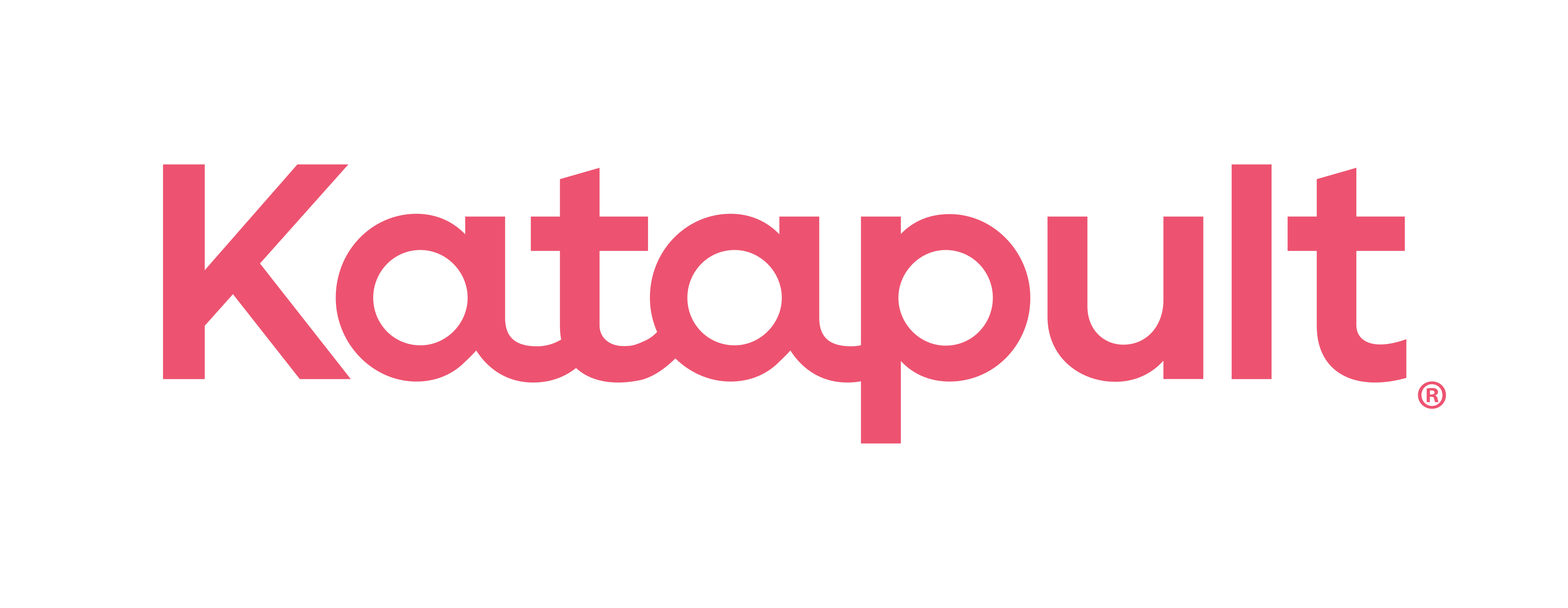By Katapult on Oct 1, 2025 7:41:11 AM
We get it—furniture is expensive, and large upfront payments may not align with your budget, lifestyle, or future plans. If you’re trying to balance short-term flexibility with long-term value, you may be wondering whether you should rent or buy furniture.
This side-by-side comparison of renting furniture vs. buying furniture breaks down the pros and cons of each so you can make the most informed decision. Ultimately, there isn’t a one-size-fits-all answer—but by considering factors like flexibility, cost, upkeep, and more, you can decide what fits you best.
Renting Furniture: Pros and Cons
Furniture rentals are a flexible, short-term solution for anyone whose budget and lifestyle don’t align with owning furniture outright. If you’re testing out a new city, love to switch things up, or aren’t sure if you’ll renew your lease, renting furniture is a convenient option.
One of the main benefits of renting furniture is the lower upfront costs. Perhaps you don’t have the savings for an expensive purchase, or you haven’t built up a good enough credit score to qualify for loans. Renting will always involve a smaller upfront payment than buying, with consistent rental payments over time.
The short-term flexibility of renting is also a key advantage—if you move around a lot, you’re not stuck with bulky furniture items you need to transport and reassemble. And since those pieces eventually go on to another customer, renting is seen as a sustainable and eco-friendly solution, especially for apartment dwellers.
Another benefit is that renters aren’t responsible for maintenance and repairs—the rental company is in charge of all upkeep. That said, since you return the furniture at the end of your rental period, you need to be sure it’s in tip-top shape. Damages can incur expensive fees and fines.
What’s the biggest disadvantage of renting? Those long-term costs can add up. Sure, the initial cost of the furniture is lower—but if you rent for a long period of time, you may be spending more money than if you had simply bought the furniture outright. And no matter how long you rent for, you’re never building toward ownership.
Buying Furniture: Pros and Cons
Buying furniture is an investment that makes sense for anyone who wants to personalize their space with a sense of permanence, such as when buying a home or building a capsule collection you can move between apartments. In this way, long-term value and design freedom are the biggest pros of buying furniture.
However, there are various tradeoffs:
- Buying furniture requires a much higher upfront cost than renting, including the sticker price, delivery, and potential assembly.
- Buying furniture comes with a much larger commitment—not just in terms of owning your pieces, but also in terms of maintenance, repairs, and upkeep.
One potential short-term benefit is that once you own furniture, you can resell it. However, this takes time and effort, and you’ll likely only recoup a partial return on your investment.
Lease-to-Own: A Flexible Alternative
While you may not have heard of lease-to-own furniture, it’s a flexible option for those who don’t want to get stuck in the rental cycle, but may not have the credit or budget to buy upfront.
Lease-to-own gives you access to the furniture you need right away, without the obligation of immediate ownership. And the process is simple:
- You make your first lease-to-own payment at checkout.
- Then, you make manageable lease payments over time.
Throughout the entire process, you stay in control—you always have the option to continue leasing, buy out early, or return your furniture and end payments.
The most significant advantage is that, unlike renting, lease-to-own is a clear path to ownership—and one that doesn’t require perfect credit. In fact, lease-to-own is an especially empowering option for those with low or evolving credit, as it usually offers fast approval without a minimum credit score.
Some people who don’t qualify for traditional financing options also can’t use alternatives like BNPL (Buy Now, Pay Later) that still take credit into account. Lease-to-own offers a solution in these cases, too. Ultimately, lease-to-own provides an accessible option for anyone who feels stuck between renting furniture vs. buying furniture and wants an option that balances short-term costs with long-term value—regardless of financial background.
Balance Flexibility and Ownership with Your Furniture
Renting, buying, and lease-to-own all have their unique advantages and drawbacks, and there isn’t one right fit for everyone—the best option for you depends on your goals, lifestyle, and financial background.
When weighing your choices, prioritize what matters most: cost, control, or ownership. If you don’t want to rent forever but aren’t ready to buy upfront, lease-to-own options from providers like Katapult offer a smart middle ground.
At Katapult, we’re proud to offer perks like no late fees, no interest rate or APR, and renewable purchase agreements. We’ll help you furnish your space on your own terms, with financial flexibility and a confident path to ownership.
Sources:
Science Direct. Sustainable furniture rental that enhances the furniture experience of young migrants: A literature review. https://www.sciencedirect.com/science/article/pii/S2405844025003482.
Katapult. Lease to Own vs. Buy Now, Pay Later: Navigating Your Best Choice. https://go.katapult.com/lease-to-own-vs-buy-now-pay-later-choosing-the-best-payment-option-for-your-business.



